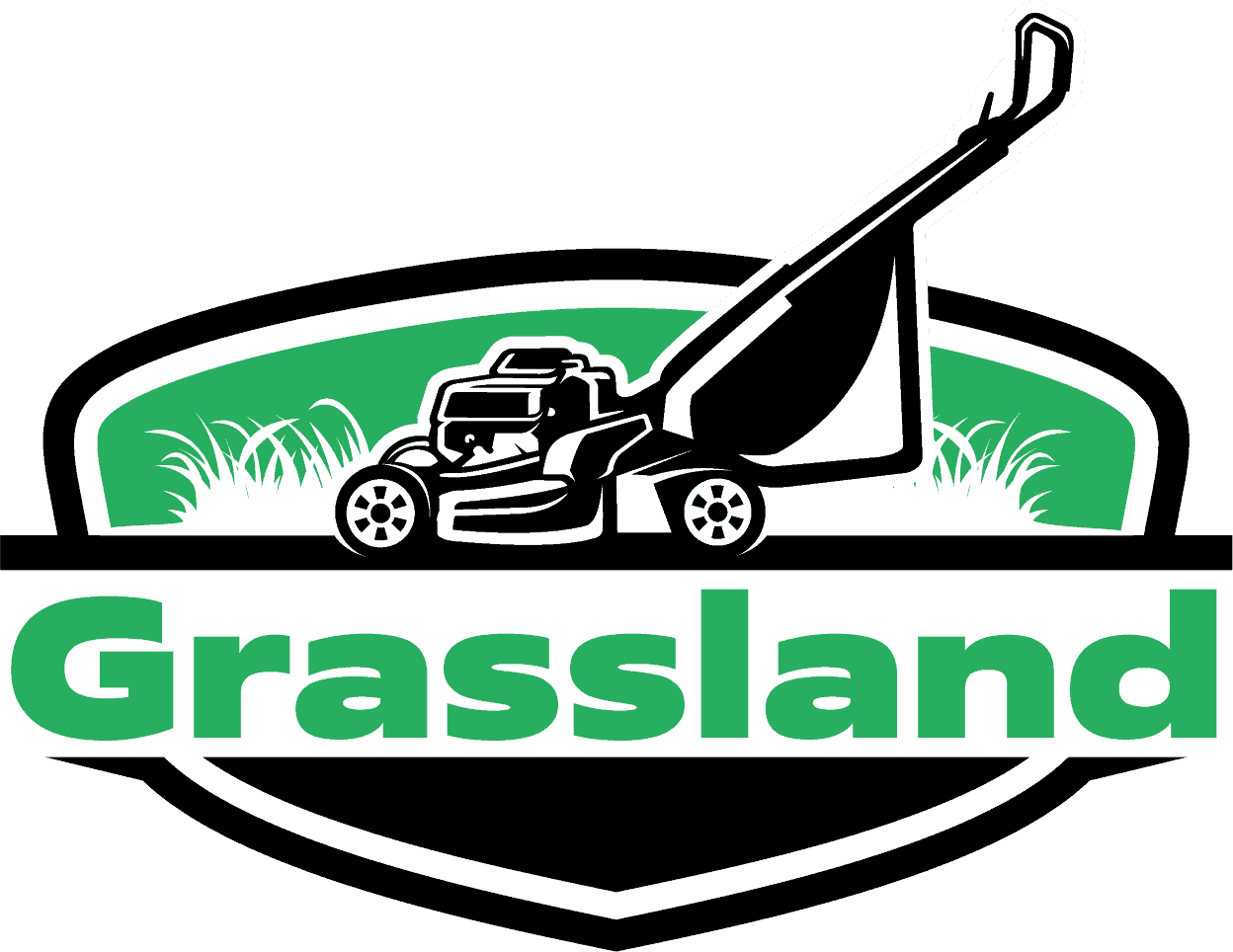Aerating
Many homeowners are using more and more chemical products every year, which eventually find their way into our water supplies through runoff or simply with rainwater. While some of these chemicals may be biodegradable, many aren’t, and they’re having a terrible effect on ecosystems all over the planet.
It’s time for you to start taking back your lawns from companies that care less about the environment than they do about their bottom line. However, you can’t just tell your family it’s okay to play in toxic waste – there must be an alternative solution. Luckily for everyone with yards (whether big or small), there is aeration.
The roots of the grass are best reached deep down in the ground, where many vital nutrients and minerals are. But when your soil is so compacted, you can’t even get a fork or knife through it to turn up all of this wonderful dirt because you’re missing out on an invaluable resource that keeps your grass green and lush.
This is when professionals step in. Here at Long Beach Landscaping & Lawn Care, we have years of experience in the industry and know what we’re doing. With our expert technicians and the right tools, we can slice open tracts across the entire length of your yard, letting water and air reach each blade of grass individually.
What Is Aerating?
Aeration is the process of poking holes into your lawn to promote deeper root growth and more balanced grass density. While it sounds like a small change, allowing the roots to absorb air, water, and nutrients can drastically improve turf health in just one season without requiring any major investment. And best of all, allowing for increased root development isn’t just great for the health of your lawn, but it’s also beneficial for you! With healthier roots absorbing both water and nutrients, you’ll find that your lawn requires less water while staying green longer than ever before.
Why Should You Aerate Your Lawn?
Improves Lawn Water Drainage
Aerating the soil breaks up small pieces of soil, reducing water runoff after it rains. This is crucial since too much water running over the ground's surface causes the roots to grow shallower, and plants will not receive enough air or oxygen.
Improves Grass Growth
Aerating encourages more oxygen to get down deep into the soil where grass roots are located. If you have clay soils or other types of heavy soils, aerating enhances the ability for grass roots to take in more oxygen, increasing your lawn's health and appearance.
Reduces Mowing Time
When you have a healthy lawn growing at its optimal rate, you will naturally reduce mowing time because less maintenance will be needed. This means spending less time cutting grass and enjoying your lawn or other outdoor activities.
Improves Grass Growth
Aerating your lawn helps eliminate weed problems because it allows air and water to penetrate deeper into the soil, stimulating root growth to keep weeds from forming. Also, fungus spores aren't as likely to develop in areas where aeration has been completed than un-aerated soil/turf that hasn't been given much penetration depth.
What Not To Do While Aerating
- Avoid using your aerator on your newly seeded lawn because it will damage sprouting seeds.
- Do not aerate lawns with bare spots because it won’t help and make a bigger mess.
- Never use a machine on a slope.
Remember that a green lawn is not only pleasing to look at but healthy for your family and pets to play in as well. Your work will pay off when you see the difference in just a few weeks after having aerated your lawn for the first time.
Are these too much to handle? Call us now because this is what we do best – to turn your dream lawn into a reality!
How To Aerate Your Lawn Properly
There are some basics to learn about your lawn to know what kind of aeration it needs. To start, you have to remember the three basic types of grass, including cool-season, warm-season, and dormant grasses.
Cool-season grasses grow best in winter or early spring, while dormant grasses can handle growing during summer or fall. Warm-season grows year-round but requires warmer temperatures than the other two types. This means that if you’re living in a region with a cold climate, your lawn should be aerated when your neighbors’ lawns are dead (winter), while warm-season areas should be done before their lawns green-up (spring).
So, how to aerate your lawn correctly? First, you will need an aerator machine that can be rented from any home improvement store for a small fee. It requires gasoline or electricity and has hollow tines with spikes that do the actual work when pressed into the ground. There are two types of aeration patterns: deep core and shallow grooving. Shallow grooving is preferred for cool-season grasses, while deep core works best in warm-season areas.
Here are some tips to keep in mind while using an aerator:
- When going over your lawn, always walk in one direction to avoid creating skid marks.
- Make sure your grass is damp before aerating to avoid damaging blades.
- Make several passes over the lawn instead of going in one direction.
Once you’re done aerating, remember these three things:
- The plugs should be 6-10 inches apart.
- Leave them sticking up out of the soil (or put them back in if they fall out)
- Water your lawn well after aerating because holes open up larger pores for watering to seep through. If you do this every year or two, you will have a beautiful, green lawn!
FREQUENTLY ASKED QUESTIONS
The best time to have your lawn aerated is when it needs it. A great rule of thumb is that if the thatch layer in your lawn is greater than ½”, it should be aerated. Typically, this happens once a year. Lawns that are often used should be aerated more often.
As soil becomes compacted over time, water, air, and nutrients are displaced or prevented from completely infiltrating the root zone. As a result, roots will become more shallow while tillering (creating new shoots) slows down considerably. A lack of aeration reduces thatch decomposition by restricting oxygen access, making it much more difficult to manage.
You can aerate your own yard if you have the time and equipment. However, keep in mind that thinning out your grass is not an easy task. Professional yard maintenance companies are equipped with specialized tools, ensuring that you get high quality results.

